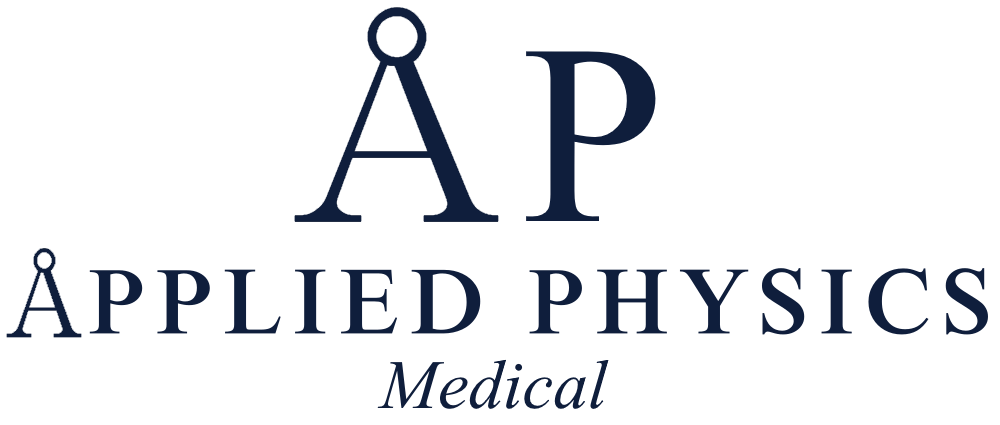Introduction
Digital imaging technology has revolutionized the field of modern dentistry, providing practitioners with tools that enhance diagnostic accuracy and patient care. Unlike traditional film-based radiography, digital imaging utilizes electronic sensors to capture images of the teeth and surrounding structures. This technology not only reduces radiation exposure for patients but also allows for immediate image retrieval and manipulation.
Dentists can easily adjust brightness and contrast, enabling them to identify issues that may not be visible in standard images. Furthermore, digital images can be stored electronically, facilitating better record-keeping and easy sharing with specialists or insurance companies. The integration of digital imaging into dental practices has also improved patient communication.
High-quality images can be displayed on monitors in the treatment room, allowing dentists to explain diagnoses and treatment plans more effectively. Patients can see their dental conditions in real time, which fosters a greater understanding and trust in the proposed treatments. Additionally, the ability to store and retrieve images over time aids in monitoring changes in a patient’s oral health, making it easier to track the progression of conditions such as periodontal disease or tooth decay.
Key Takeaways
- Digital imaging technology allows for more accurate and efficient diagnosis and treatment planning in modern dentistry.
- Laser dentistry offers precise and minimally invasive treatment options for a wide range of dental procedures.
- Intraoral cameras provide clear and detailed images of the inside of the mouth, aiding in patient education and treatment documentation.
- Rotary endodontic instruments improve the efficiency and success rate of root canal procedures.
- Air abrasion systems and ultrasonic scalers offer less invasive and more comfortable alternatives to traditional dental drilling and scaling techniques.
Laser Dentistry
Laser dentistry represents a significant advancement in dental procedures, offering a minimally invasive alternative to traditional methods. Lasers can be used for a variety of applications, including soft tissue surgeries, cavity preparation, and teeth whitening. The precision of laser technology minimizes damage to surrounding tissues, resulting in less bleeding and swelling during procedures.
For instance, when used for gum contouring, lasers can reshape the gum line with remarkable accuracy, leading to quicker recovery times and improved patient comfort. Moreover, laser dentistry enhances the overall patient experience by reducing anxiety associated with dental visits. Many patients fear the sounds and sensations of traditional dental tools; however, lasers operate quietly and often without the need for anesthesia.
This aspect is particularly beneficial for pediatric patients or those with dental phobias. As research continues to explore the full potential of laser applications in dentistry, it is clear that this technology is not only effective but also contributes to a more pleasant and efficient dental experience.
Intraoral Cameras
Intraoral cameras have become an essential tool in modern dental practices, providing a unique perspective on oral health that was previously unavailable. These small, pen-like devices allow dentists to capture high-resolution images of a patient’s mouth, including hard-to-reach areas that are difficult to visualize with the naked eye. By using intraoral cameras, dentists can identify issues such as cavities, cracks, or signs of gum disease early on, leading to timely interventions and better outcomes for patients.
The use of intraoral cameras also enhances patient education and engagement. When patients can see real-time images of their dental conditions projected on a screen, they are more likely to understand the necessity of recommended treatments. This visual aid fosters a collaborative environment where patients feel empowered to make informed decisions about their oral health.
Additionally, these images can be stored in electronic health records, providing a valuable reference for future visits and treatment planning.
Rotary Endodontic Instruments
| Brand | Types | Speed | Usage |
|---|---|---|---|
| ProTaper | Universal, Next | 300-500 rpm | Root canal shaping |
| WaveOne | Primary, Small | 350-500 rpm | Single-file reciprocation |
| Twisted Files | TW, TF, R | 300-500 rpm | Rotary motion for canal preparation |
Rotary endodontic instruments have transformed the practice of root canal therapy by improving efficiency and precision. Traditional hand instruments require significant manual effort and time; however, rotary systems utilize electric motors to drive specially designed files that navigate the complex anatomy of root canals with ease. This technology not only speeds up the procedure but also enhances the cleaning and shaping of the canals, which is crucial for successful endodontic treatment.
The benefits of rotary endodontics extend beyond efficiency; they also contribute to improved patient outcomes. The consistent motion of rotary instruments reduces the risk of file separation within the canal, a common complication in traditional methods. Additionally, these instruments are designed to create a more uniform shape within the canal system, which facilitates better sealing during the filling process.
As a result, patients experience less discomfort and a lower likelihood of post-treatment complications.
Air Abrasion Systems
Air abrasion systems represent an innovative approach to cavity preparation that minimizes discomfort and preserves healthy tooth structure. This technique uses a stream of fine particles propelled by compressed air to remove decayed tooth material without the need for traditional drills. The absence of vibrations and heat associated with conventional drilling makes air abrasion particularly appealing for patients who experience anxiety during dental procedures.
In addition to enhancing patient comfort, air abrasion systems allow for more conservative treatment options. Dentists can target only the affected areas of decay while leaving surrounding healthy enamel intact. This preservation of tooth structure is crucial for maintaining long-term dental health and aesthetics.
Furthermore, air abrasion can be used in conjunction with other restorative techniques, such as bonding agents or sealants, providing a comprehensive approach to cavity management.
CAD/CAM Technology
Computer-aided design and Computer-Aided Manufacturing (CAD/CAM) technology has revolutionized restorative dentistry by streamlining the process of creating dental prosthetics such as crowns, bridges, and veneers. With CAD/CAM systems, dentists can design restorations digitally using 3D imaging software, allowing for precise customization based on each patient’s unique anatomy. This technology significantly reduces the time required for creating restorations, often allowing same-day procedures that enhance patient satisfaction.
The accuracy provided by CAD/CAM technology also leads to better-fitting restorations, which can improve both function and aesthetics. Traditional methods often involve multiple appointments and temporary restorations; however, CAD/CAM eliminates much of this inconvenience by enabling immediate fabrication of permanent restorations in-house. As a result, patients benefit from reduced chair time and fewer visits while receiving high-quality dental work tailored specifically to their needs.
Ultrasonic Scalers
Ultrasonic scalers have become an indispensable tool in modern periodontal therapy, offering an effective means of removing plaque and tartar from teeth while minimizing discomfort for patients. These devices utilize high-frequency vibrations combined with water irrigation to dislodge calculus from tooth surfaces efficiently. The ultrasonic action not only enhances cleaning efficacy but also reduces the physical effort required by dental hygienists during scaling procedures.
The benefits of ultrasonic scaling extend beyond efficiency; they also contribute to improved patient comfort and outcomes. The gentle nature of ultrasonic scalers often results in less tissue trauma compared to traditional hand scaling methods. Additionally, water irrigation helps flush away debris and bacteria during the procedure, promoting a healthier oral environment.
As periodontal disease continues to be a significant concern in dental health, ultrasonic scalers play a vital role in preventive care and maintenance strategies for patients seeking optimal oral hygiene.
Conclusion
Modern dentistry relies on a variety of advanced instruments that enhance precision, efficiency, and patient comfort. Key tools such as digital X-rays, intraoral cameras, laser systems, and CAD/CAM technology are essential for accurate diagnostics and effective treatments. These innovations not only improve the quality of care but also streamline workflows in dental practices. Embracing these instruments allows dentists to provide a higher standard of service while ensuring a positive experience for patients.


